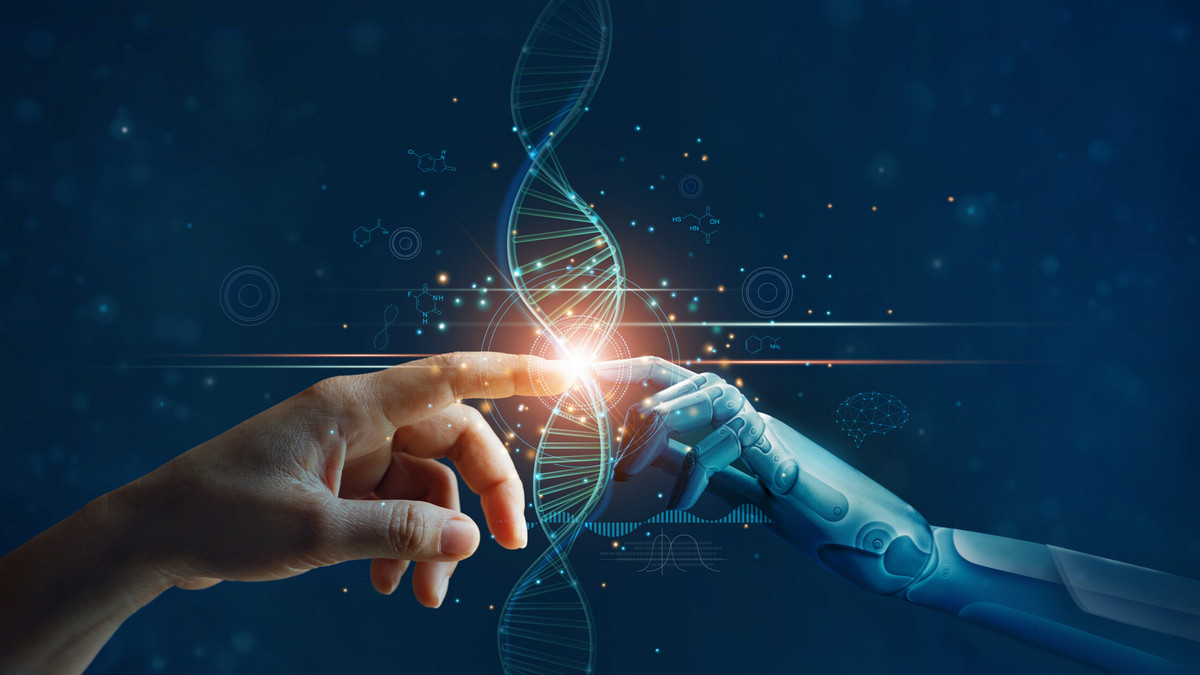Humans and robots working together can greatly reduce enterprise costs and improve team work efficiency. Such a “Human-Robot-Collaboration, HRC” model is bound to become the mainstream in the future, bringing industrial innovation and a more convenient life.
In recent years, emerging applications led by AI robots have sprung up in various fields, and their commercial value should not be underestimated. According to research firm IDC, the global AI market will exceed $47 billion by 2020. Nowadays, various industries are looking at the development prospects of AI and have introduced related technologies one after another. However, can AI really defeat a hundred with one, so omnipotent?
According to the results of an experiment conducted by a research team at MIT, "Human-robot collaboration (HRC)" teams are more efficient than robots or single-human teams with pure AI applications; This operation mode can even reduce the idle time of personnel by 85%, greatly reducing the cost of enterprises.
Human-Machine Division of Labor Does Not Equal Human-Machine Collaboration
In fact, in the case of smart factories, most of the factory automation production lines tend to be "human-machine division of labor", that is, people and machines perform their own duties and do not communicate with each other. For example, robotic arms and lights-off factories are all based on 100% automated production. However, this human-machine collaboration operation mode can greatly shorten the work schedule, improve the accuracy, save the labor cost of the enterprise, and finally produce more user-friendly product design and services.
Taking AI clinics, which have become increasingly popular in recent years, as an example, the introduction of AI software to assist doctors in interpreting medical image data has not only greatly improved the accuracy, but also shortened the time for doctors to interpret images from 10 minutes to 20 seconds. In this way, doctors can focus more on consultation, deepen the doctor-patient relationship, and find more suitable treatment methods for patients.
The so-called "human-machine collaboration" refers to the process of continuous improvement of workflow between humans and machines through the exchange of experience and work; that is, the machine can perform operations according to the information and processes imported by humans, and humans can then adjust according to the results produced by the machine to form a collaborative model.
Human-Machine Collaboration Optimizes the Operation Mode of The Electronic Industry
In addition to the medical field, in the process of automation in the electronics industry, it is inevitable to invest in robotic collaboration technology to improve process efficiency. After decades of development, Electronic Design Automation (EDA) technology appears to be maturing. However, before the design of electronic products, engineers still cannot get rid of the manual conversion of PDFs describing electronic parts specifications into digital data compatible with various EDA software. This time-consuming and labor-intensive data digitization process not only makes quality control difficult, but also causes resource shortages and fragmentation. Enterprises often face huge personnel training costs due to the difficulty in inheriting experience.
At present, new start-up companies have identified the potential huge business opportunities in the electronics industry, and have established an unprecedented digital platform for electronic parts data through the human-machine collaboration model. The platform uses machine learning technology, combined with the logic of engineers to collect and summarize data, to hand over a lot of computing and repetitive work to the machine for processing, and the engineer then adjusts the machine's learning mode based on the results of the machine's execution, and establishes a relationship between humans and machines to benign a learning model.
The platform not only effectively solves the problem of resource shortage and fragmentation in the industry, but also fully implements the concept of resource sharing, integrates industry needs, simplifies the digitization process, and improves data quality, laying a solid foundation for the industry to properly utilize data.
In addition, with the wave of global digitalization, "data" has become the most important asset of an enterprise. The quality and application of data will reshape the economic value of the industry. Therefore, in order to meet the current market demand, various industries have created new business models to cater to the digital economy.
Human-Machine Collaboration Model Promotes Industrial Transformation
It sounds like human-machine collaboration can bring many competitive advantages. However, when enterprises are introducing, they often have the idea of "is the machine really better than me? How can it be more skilled than me?" Such questions arise.
For enterprises, adopting the human-machine collaboration model can not only save the time spent by R&D personnel on highly repetitive work, but also focus on more complex and flexible design work, and can greatly enhance the industrial value brought by innovative technologies.
The human-machine collaboration model is promoting the transformation of the industry step by step. When a certain operation mode begins to bring convenience, behavior change is just around the corner and imperative. In the future, human-machine collaboration is bound to become the mainstream work mode, accelerating industrial innovation and shaping a more convenient life.
In fact, human-machine collaboration does not mean that humans will be replaced by robots, but that humans play the role of "training machines to perform tasks".
The era of human-machine collaboration is coming, are you ready?














.jpg)